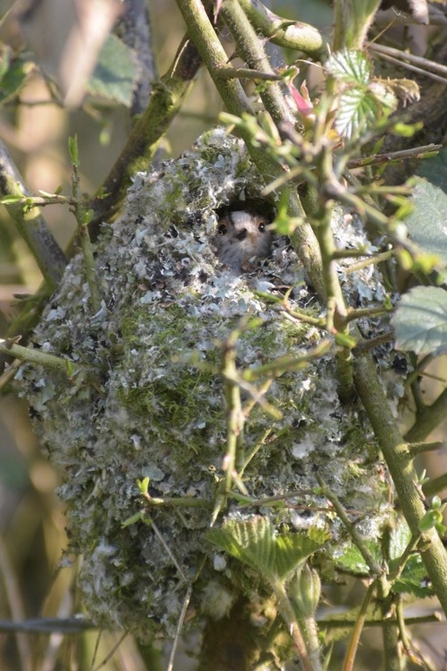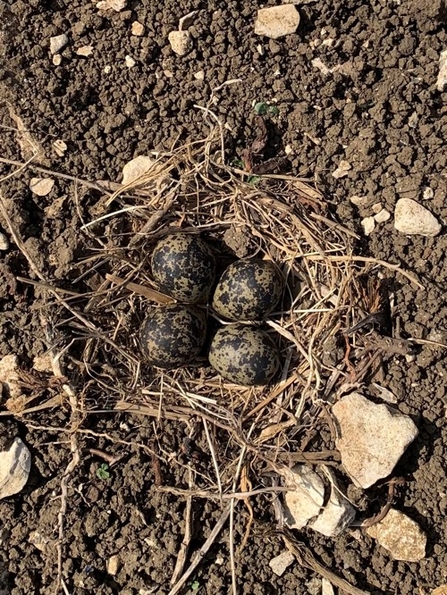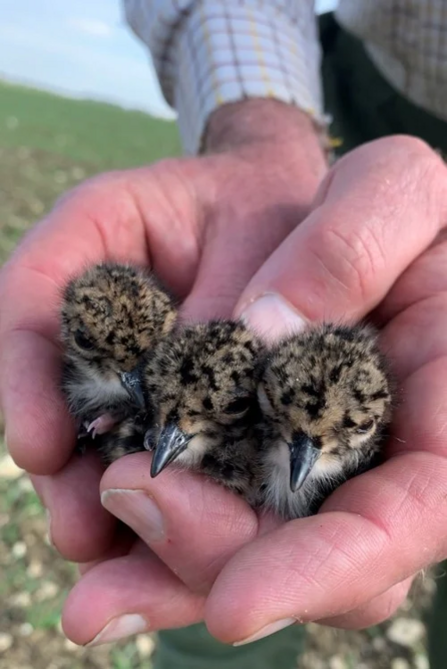Written by Young Ambassador Izzy Fry, age 15
Spring marks the start of the nesting season and at the moment it is in full swing! From long tailed tits carefully constructing their nests from spider webs and lichens, to tawny owl chicks getting ready to fledge the nest!
One of my favourite things to do during spring, is look for nests! Sitting in between hedges watching blackbirds bringing in nesting material and wrens fiercely singing to mark their territory, is the best way to spend a sunny day!
Over the past few months I have found some interesting nests! Some that are well used from last year and a few new ones full with glossy eggs.






